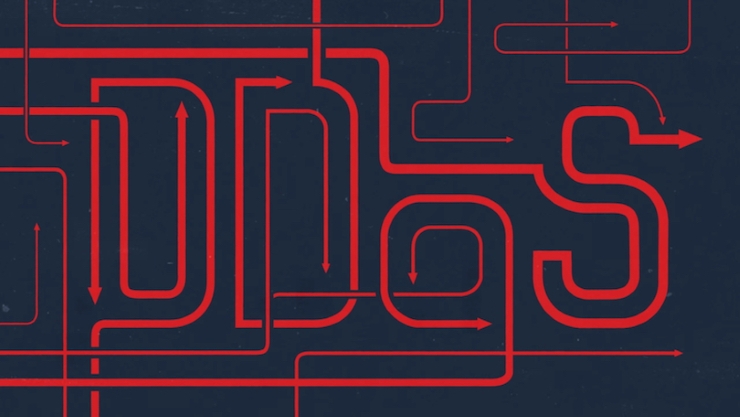

Smurf attack, ICMP flood, and ping flood take advantage of this by inundating the server with ICMP requests without waiting for the response. ICMP Protocol Attacks: Attacks on the ICMP protocol take advantage of the fact that each request requires processing by the server before a response is sent back.Ping flood is the present-day incarnation of this attack. This has largely been fixed in newer systems. If the packets, when put together, are larger than the allowable 65,536 bytes, legacy servers often crash. TCP/IP fragmentation deals with large packets by breaking them down into smaller IP packets. Ping of Death: Attacks involve the deliberate sending of IP packets larger than those allowed by the IP protocol.UDP Flood: A type of attack in which random ports on the target are overwhelmed by IP packets containing UDP datagrams.HTTP Flood: A type of attack in which HTTP GET or POST requests are used to attack the web server.This attack exploits weaknesses in the TCP connection sequence, known as a three-way handshake. SYN Flood: A succession of SYN requests is directed to the target’s system in an attempt to overwhelm it.

UDP Flood, TCP Flood, NTP Amplification and DNS Amplification are some examples. Volumetric attacks are easy to generate by employing simple amplification techniques, so these are the most common forms of attack. Volumetric Attacks send high volumes of traffic in an effort to saturate a victim’s bandwidth. Syn Flood and Ping of Death are some examples. Such attacks consume all the processing capacity of the victim or other critical resources (a firewall, for example), resulting in service disruption. Protocol Based Attacks focus on exploiting a weakness in Layers 3 or 4 of the protocol stack.

These attacks exploit a weakness in the Layer 7 protocol stack by first establishing a connection with the target, then exhausting server resources by monopolizing processes and transactions. The goal of DoS or DDoS attacks is to consume enough server or network resources so that the system becomes unresponsive to legitimate requests:Īpplication Layer Attacks go after web applications, and often use the most sophistication.


 0 kommentar(er)
0 kommentar(er)
